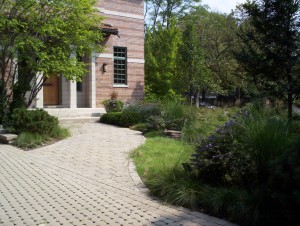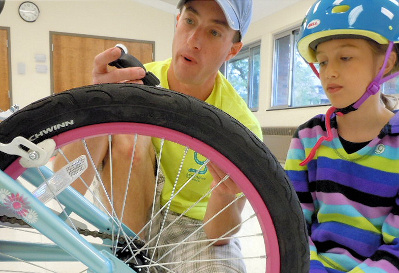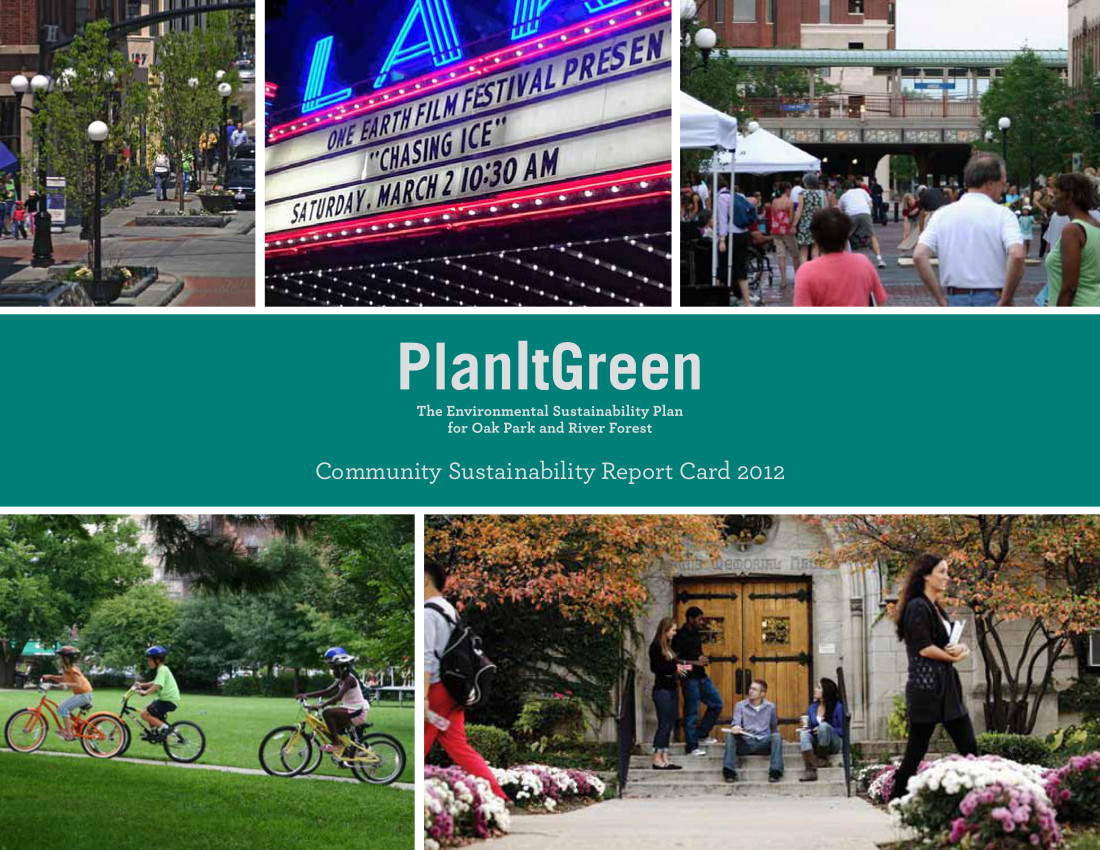Green Community Connections' upcoming Green Living & Learning Tour 2013 on September 28th offers participants the opportunity to visit an array of homes and gardens that employ a variety of sustainable living practices. Here are three unique tour stops that we wanted to highlight for you.
 Ecological Design
Ecological Design
807 Forest Ave, River Forest, Tour at 2:30 pm (#4 on 2013 Tour Map)
Ecological principles were designed and built into this sustainably built home - the first of its kind in the Oak Park/River Forest area. The home includes renewable energy, energy efficiency, water and resource conservation, and toxic free materials. It's water conservation features include rainwater catchment for irrigation, native landscaping, permeable driveway and water-saving faucets and showerheads. The homeowners have welcomed many visitors into their home since 2008 when it was built and look forward to this year's tour.

Save $$$, Increase Comfort, Decrease Carbon Footprint
616 Wenonah, Oak Park, Tour at 4:00pm (#9 on 2013 Tour Map)
The Environmentalist’s Dilemma: Is it possible to keep your home warm in winter and cool in summer without doing a whole lot of damage to the environment? It is, and what's best, it's possible to do it on a reasonable budget. After sealing and insulating their house, the homeowners had the warmest winter in their home in 15 years and their energy bills were lower than they had ever been. Learn about air sealing and insulating and the fantastic rebates available to help make a more comfortable, environmentally friendly, (and valuable) home a reality. The Bonus: See a blower door test in action: a diagnostic tool designed to measure the air-tightness of buildings. and to help locate air leakage sites.
 Biking Safely in an Urban Area & Biking Supports
Biking Safely in an Urban Area & Biking Supports
Greenline Wheels, 105 S. Marion, Oak Park
Drop-in: 1:00-3:00pm (#C on 2013 Tour Map)
Get tips on how to stay safe while biking in an urban area. Greenline Wheels’ safety experts are teaching safety and adventure as part of the Green Living & Learning Tour. Instruction focuses on basics such as checking and fitting gears, signaling, braking, and more. Greenline Wheels representatives will also familiarize participants with other biking supports that they offer.
Harvest Picnic with Green Community Connections and Sugar-Beet Co-op
For the end of the day, all are invited for a Harvest Picnic gathering at Field Park, hosted by Sugar Beet Co-Op. All are welcome to join us at 5:00 p.m. in the northwest corner of the park (Berkshire & Woodbine) for fresh food, fun, prizes and community!
For more information about the event, including registration information for all 18 sites, visit the tour page at Green Community Connections.













